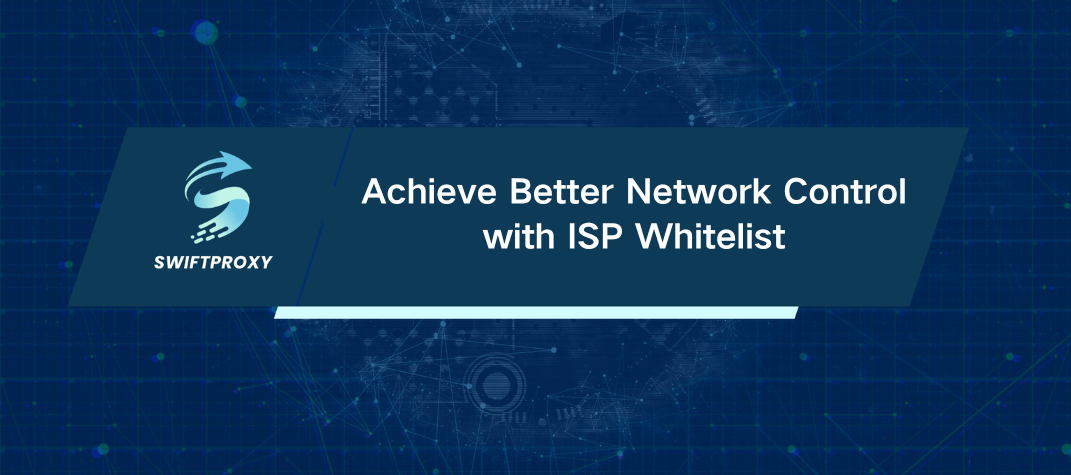Achieve Better Network Control with ISP Whitelist

Did you know that nearly 50% of all cyberattacks are aimed at exploiting network vulnerabilities? That's a staggering number! But there's a powerful and often overlooked tool that can significantly fortify your network defenses—ISP Whitelist. It's not just another layer of security; it's a game-changer for anyone serious about protecting their online environment.
In this article, I'll break down what ISP Whitelist really is, why it matters, and how you can set it up to create a safer, more reliable network.
What Exactly Is an ISP Whitelist?
Think of an ISP whitelist as a VIP pass to your network. It allows specific users or IP addresses to access your network freely, without the risk of being blocked by firewalls or security systems. Unlike blacklists, which are designed to keep bad actors out, a whitelist ensures that trusted entities can get in. It's proactive, not reactive.
In the world of network security, ISP whitelists are used to enhance both security and stability. By allowing trusted traffic, you minimize the risk of cyberattacks while ensuring that your legitimate users have uninterrupted access.
Why You Should Care About ISP Whitelist
· Boost Network Security and Stability
Let's face it—network attacks are on the rise. By using an ISP whitelist, you're adding an extra layer of control. Only pre-approved users or IPs get access, making it significantly harder for attackers to breach your system. Plus, this reduces false positives, where legitimate users are mistakenly blocked. You get both security and peace of mind.
· Enhance User Experience
Ever been blocked from accessing a network for no good reason? It's frustrating. ISP Whitelist ensures that specific users don't face these unnecessary hurdles. The result? A smoother, more satisfying user experience. No more random disconnects or frustrating access issues.
· Simplify Network Management
Managing a network can be a full-time job. With an ISP whitelist in place, you're cutting down on the chaos. Only legitimate users are allowed, meaning fewer security incidents to handle and less manual oversight required. It's a streamlined approach to network maintenance.
How to Set Up ISP Whitelist
Setting up an ISP whitelist isn't rocket science, but there are a few key steps you'll want to follow to do it right.
· User Account Whitelist
If you're working with a specific group of users, you can add their accounts directly to the whitelist. This is often done through your ISP's management console. It's ideal for organizations where a fixed set of users need reliable, uninterrupted access.
· IP Address Whitelist
Prefer to whitelist based on location or device? You can manually add trusted IP addresses or ranges to the whitelist. Some prefer to bind IPs to MAC addresses for extra security. Tools like third-party management software can make this process easier, especially for larger networks.
Tips for Getting the Most from Your ISP Whitelist
To get the most out of ISP Whitelist, here are a few tips to keep in mind:
Update Regularly: Your network isn't static, and neither should your whitelist be. Regular updates ensure that only current, trusted users maintain access.
Strike a Balance: Don't be too loose, or you're inviting risk. Don't be too strict, or you'll frustrate legitimate users. Find the sweet spot that works for your environment.
Monitor Continuously: Even with a whitelist, threats can evolve. Keep an eye on your network, monitor access, and adjust as necessary.
The Bottom Line
ISP Whitelist is more than just a checkbox on your security to-do list. It's a strategic move that can drastically improve your network's security, stability, and usability. Whether you're managing a corporate network or securing a smaller system, putting this tool to work is a smart choice.
Platforms like Swiftproxy offer both IP Whitelist and account authentication, making it easy to get started. By embracing these methods, you're not only reducing the risk of attacks, but you're also delivering a better user experience. Isn't that what we all want?
Get started with ISP Whitelist today, and take control of your network security like never before.

















































